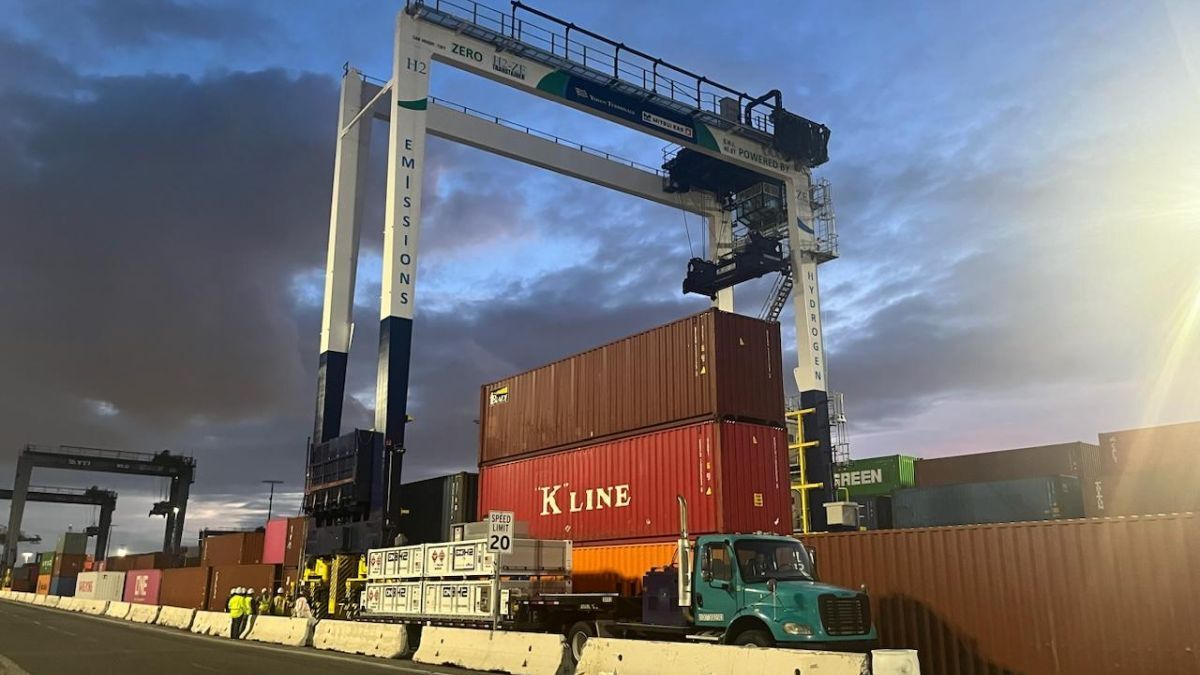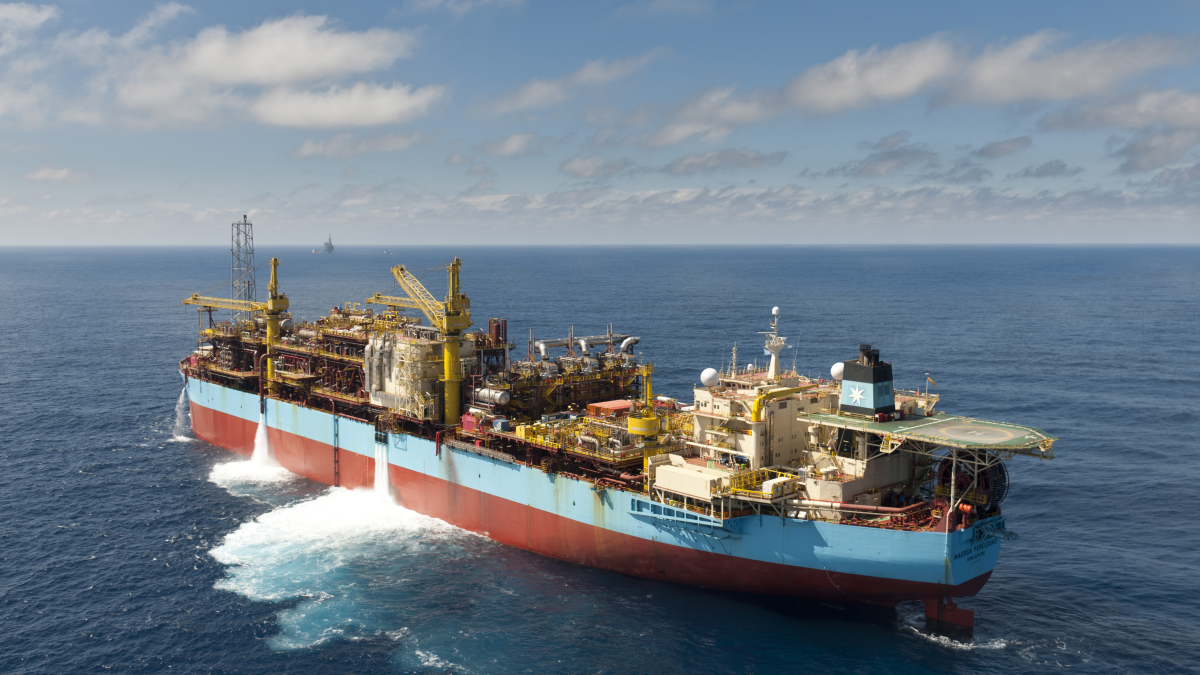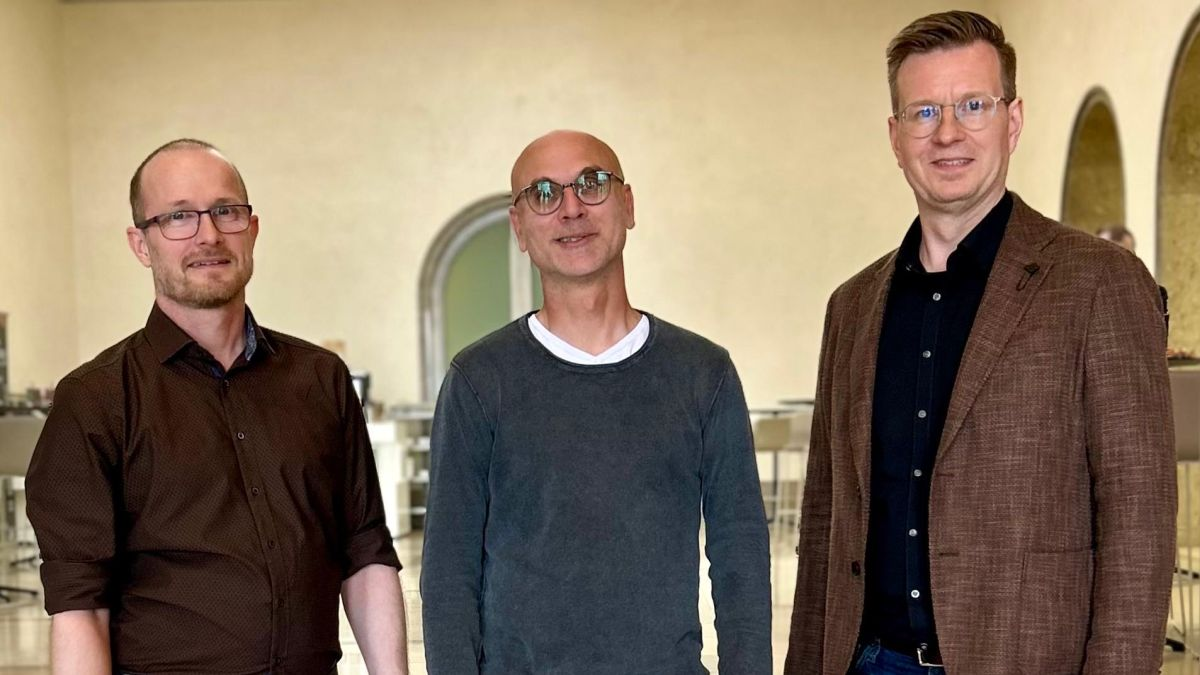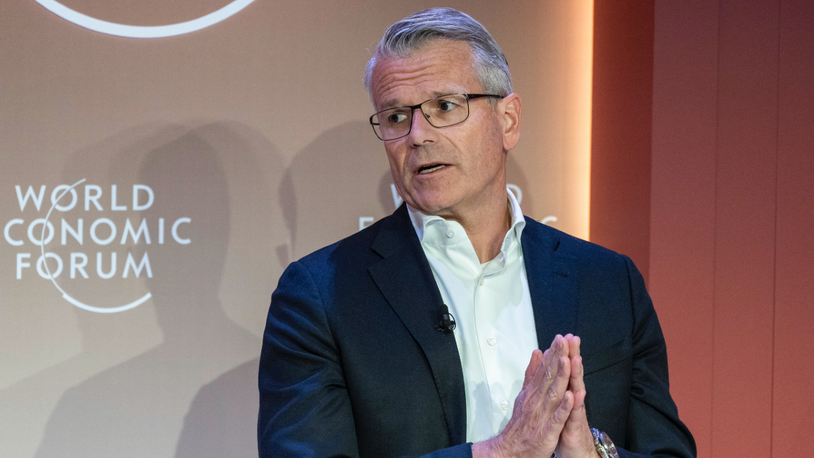Business Sectors
Contents
Debut of world’s first hydrogen fuel-cell RTG crane at LA port
Paceco Corp has announced commercial operations of the hydrogen fuel-cell-powered rubber-tired gantry (RTG) crane at the Port of Los Angeles have begun
The H2-ZE RTG Transtainer Crane, developed in collaboration with MITSUI E&S, with funding from the Japanese New Energy and Industrial Technology Development Organization (NEDO), began operations at Yusen Terminals Inc on 15 May 2024, marking the first time a fully hydrogen-powered RTG crane has gone into commercial operation in the world.
The H2-ZE RTG transtainer crane runs 100% on fuel-cell hydrogen technology, offering the ability to achieve zero emissions on large container cranes without connecting to the electric grid. The crane was developed by MITSUI E&S in collaboration with Paceco and was built by MITSUI E&S in Japan. The fuel-cell power pack (FCPP), an efficient power system replacing a typical diesel genset, was designed and built by MITSUI E&S in Oita, Japan, with hydrogen provided by Toyota Tsusho for this project. Conventional diesel RTGs can be modified to achieve zero emissions with the FCPP system.
A typical diesel-powered RTG crane emits the carbon dioxide equivalent of burning more than 400 barrels of oil per year, while the H2-ZE RTG transtainer crane emits nothing. This pilot project is scheduled to run over the next four years at Yusen Terminals at the Port of Los Angeles.
"By bringing the H2-ZE RTG transtainer crane into operation, we are not just introducing new fuel technology for cranes but are leading the way for our industry to reduce emissions significantly,” said Paceco general manager of sales Troy Collard. “We are excited this crane is in operation here in Los Angeles and are thankful to our pilot partners for all of their support throughout the process."
Initially, the crane will operate for 16 hours per day and will perform at the same efficiency as a conventional diesel-powered or hybrid RTG crane. In addition to emissions reduction, the crane reduces noise pollution for port workers.
Yusen Terminals president and chief executive Alan McCorkle said, “Bringing the H2-ZE RTG transtainer crane into operation at our terminal is a critical step towards a zero-emissions terminal. This crane will help support the Port of LA’s ambitious sustainability goals, namely the Clean Air Action Plan, in reducing the emissions that affect overburdened communities near the port."
This project is partially subsidised by NEDO as part of an overall project encompassing a demonstration of the hydrogen supply chain, from local production of clean hydrogen to the consumption point of port container handling equipment and drayage trucks powered by hydrogen fuel-cell technology.
Sign up for Riviera’s series of technical and operational webinars and conferences:
- Register to attend by visiting our events page.
- Watch recordings from all of our webinars in the webinar library.
Related to this Story
Events
International Bulk Shipping Conference 2025
Tankers 2030 Conference
Maritime Navigation Innovation Webinar Week
© 2024 Riviera Maritime Media Ltd.














